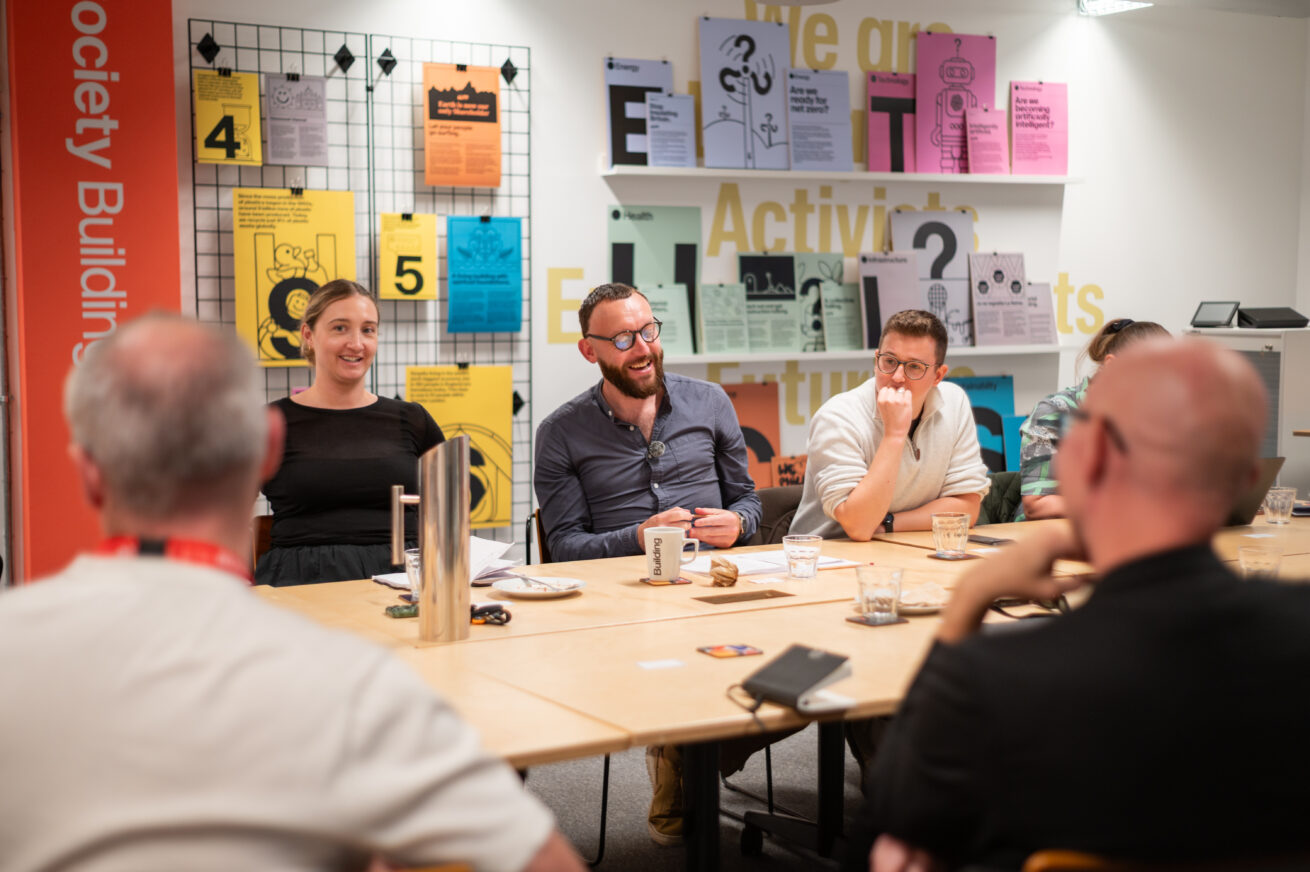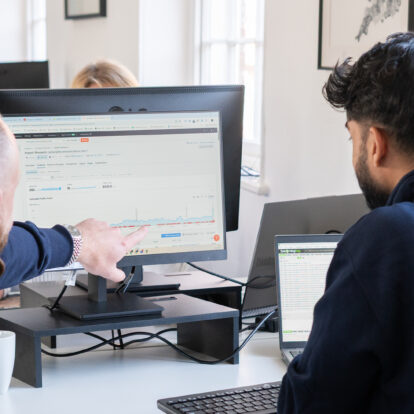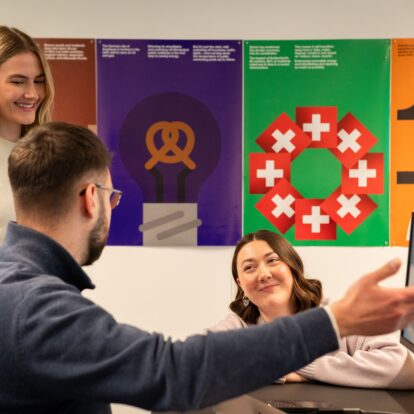Challenger brand growth: Six things we learned from the Cartwright Live panel
News
06 Oct 2025

Tom Snee
Director

Cartwright Live’s first roundtable brought together business leaders from seven startups, challenger brands and SMEs from the built environment sector to discuss their growth strategy, the challenges they face and the emerging opportunities in the sector.
Here are our top six takeaways from the conversation:
People first still rings true.
A commonly used business adage is that people buy from people, rather than brands, and our roundtable contributors noted that a big part of scaling is establishing more than just the name on the door. Reece Raymond – head of operations and growth at planning consultant Centro Planning Consultancy – shared that a key part of the messaging for new starters at their business is that everyone is encouraged to build their own network and portfolio, and that has become a fertile source of new growth for them.
The four horsemen of startups - flexibility, agility, authenticity and the personal touch.
Challenger brands need their differentiator, and more often than not it falls under one (or more) of these four. For RCDC - represented by head of ops and strategy Tristan Spurdle – they had retained clients through having the managing director on hand, a service larger competitors simply can’t offer. Similarly, Elliott Wood’s brand and marketing manager Eliza Eldred raised a crucial point around the importance of authenticity: “For us, we’ve tried to keep the best parts of a smaller practice as we have grown — agility and authenticity — while also making sure we spotlight the breadth of expertise across our team, not just our senior leaders.”
Automation, not creation? – not necessarily.
Unsurprisingly, artificial intelligence (AI) dominated the conversation around how marketing can help businesses scale. Hope Murray-Golas – business development and marketing manager at engineering consultancy Jenson Hunt Design – highlighted how ChatGPT has essentially given her a marketing assistant, something especially useful for “one man band” marketing teams. Interestingly, while most of the roundtable participants said they were using it to automate some processes, others were embracing its ability to enhance existing work and even create – with the caveat that such innovation can actually add more time to the process as it can introduce the need for extensive proofing and fact checking.
Word of mouth has evolved – your online “trust signals” are part of that process.
Platforms such as social media, PR, award wins and event appearances now feed into the 2025 version of word of mouth, which is still a powerful tool. While the levels of investment from our roundtable attendees varied from a few pounds a day on social media advertising to thousands of pounds a month on various services and platforms, they were united in their belief that while word of mouth referrals are often what gets a project over the line, the drumbeat of marketing across their chosen platform plays a key part in developing trust.
Opportunities are there for the brave.
Despite a lengthy discussion around the challenges faced in growing startups, challenger brands and SMEs in the built environment, there was a healthy degree of optimism that smaller practices and consultancies do have a key role to play. The idea of these businesses punching above their weight came up several times in discussions, but the main areas where our participants saw opportunity was through diversification – both in terms of services offered and geographically. While Viktor Rohacs – founder and director of Rohacs Architects – sounded a word of caution around ensuring you stay true to your core, profitable markets, there was real optimism from the likes of Able Partners’ Bill Webb and Flanagan Lawrence’s Jason Flanagan about the opportunities created by offshoring with overseas teams, access to global talent and the new principal designer responsibilities created by the Building Safety Act – provided you are brave enough to take them.
The magic wand? Resource.
While we had several interesting answers to our roundup question of what growth challenge you’d solve if you had a magic wand, most responses boiled down to needing more resource to solve the problem. Both Viktor and Reece identified the slow and ineffective planning process as being a major obstacle to their business’ growth, with Tristan’s response leaning more toward erasing the ongoing lack of resilience in the UK’s economy. However, Bill, Hope and Eliza all identified the need to be heard above the noise by the right people – something which many smaller, challenger brands struggle to achieve without the resource to invest in marketing.
Who joined the conversation?
The roundtable was attended by Viktor Rohacs (Rohacs Architects), Hope Murray-Golas (Jensen Hunt Design), Bill Webb (Able Partners), Reece Raymond (Centro), Tristan Spurdle (RCDC) and Jason Flanagan (Flanagan Lawrence), hosted by Tom Snee and supported by Hannah Bullock, Rosie Lees and Lizzie Songhurst (all Cartwright).
Interested in finding out more? Visit Cartwright Live to view our upcoming events.


